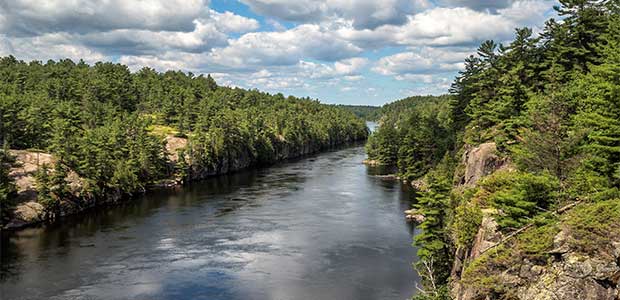
A French media company discovered years of water pollution caused by the dairy company Lactalis.

The Lemberger Landfill and the Lemberger Transport & Recycling Superfund site in Whitelaw, Wisconsin has undergone five cleanup reviews since 1995.

The first attempt at cleanup of the Carbondale, Illinois site occurred between the years of 2004 and 2010.
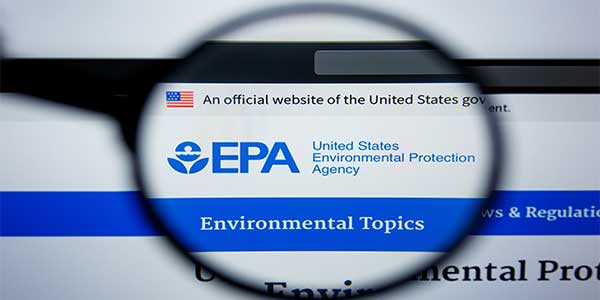
The site in Woburn, Massachusetts was deemed environmentally healthy on October 5.

Making repairs, finding a reputable recycling company, donating older products and cutting down on purchases are just a few ways businesses can manage their e-waste problem.

Due to the growing number of sustainable packaging solutions on the market, it's much easier now than it once was to find suitable materials.
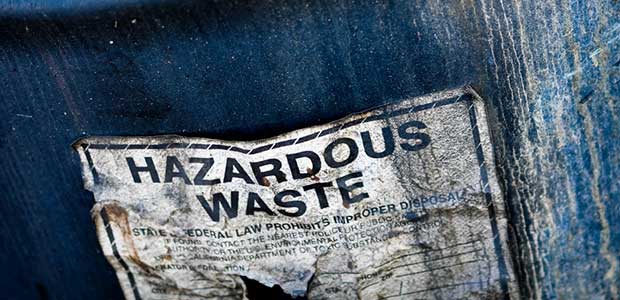
Keeping up with hazardous waste management regulations such as the RCRA may seem like a complex task.

To better understand the little-discussed world of agribusiness, we'll need to examine how agribusiness drives American agriculture and affects farming on a global level.
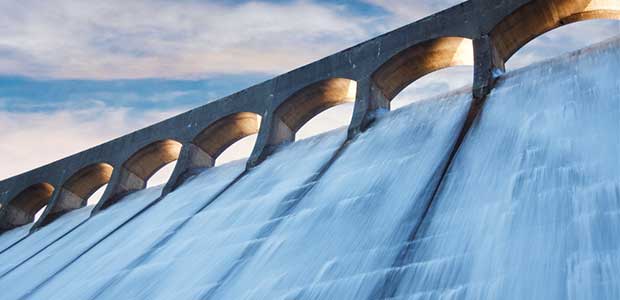
Renewable energy for business is the future.

As more people move into urban areas and environmental issues become more pressing, cities will have to rethink their systems and their environmental impacts.

Many large companies like Apple, Amazon and Microsoft are rethinking their supply chains and carbon footprints after pressure from consumers and employees to address their role in climate change. Here’s what these groups are doing, and experts’ take on their effectiveness.

While news headlines regarding pandemic have all but flooded the media for months, many are noticing the increasingly obvious connections between the virus and the climate crisis. Climate policymaker Rhiana Gunn-Wright helps point out the connections between two of the biggest crises of our day.

The National Resource Defense Council (NRDC) just released a report that argues how climate disruption is a growing danger to the health of indoor and outdoor workers. Read what the NRDC and researchers have to say.
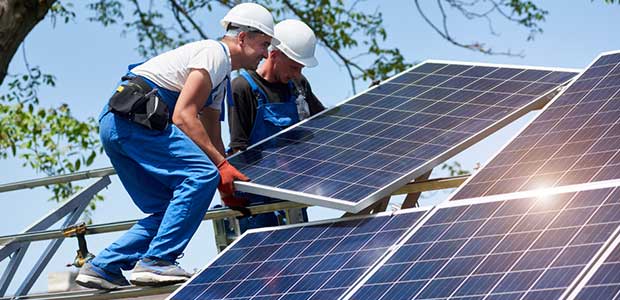
As the pandemic continues, the need for environmentalism shows the overlap between health, sustainability and business. It is up to businesses to adapt, and improve.

The increase in excessive use of disinfectants could be detrimental to the environment and the treatment of the virus. Here's how you can use disinfectants safely and smartly for the environment.

The seafood industry relies on one of the world's biggest and most important ecosystems: the ocean. Here are ways the fishing industry is being pressed to operate more sustainably.

Energy consultants can help you make sustainable, eco-friendly decisions for your company. Here's what you should consider when hiring an energy consultant for your business.

Plastic Free July can be an effective way to start your sustainable journey. Follow these four steps.

Arctic fires are not necessarily uncommon, but recent fires up north last month are unlike previous blazes; intense arctic wildfires in June not only released record amounts of pollutants into the air, but it also pushed global temperatures dangerously higher.
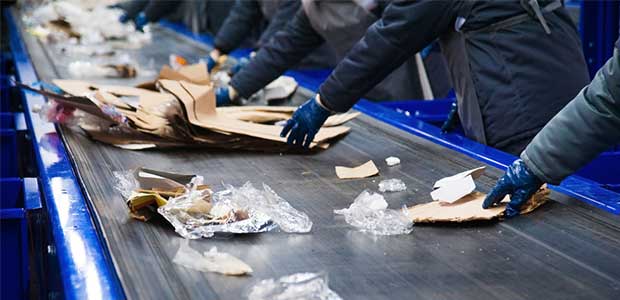
COVID-19 has disrupted companies of all types worldwide. Despite hard times, however, there are steps you can take to stabilize your operation.